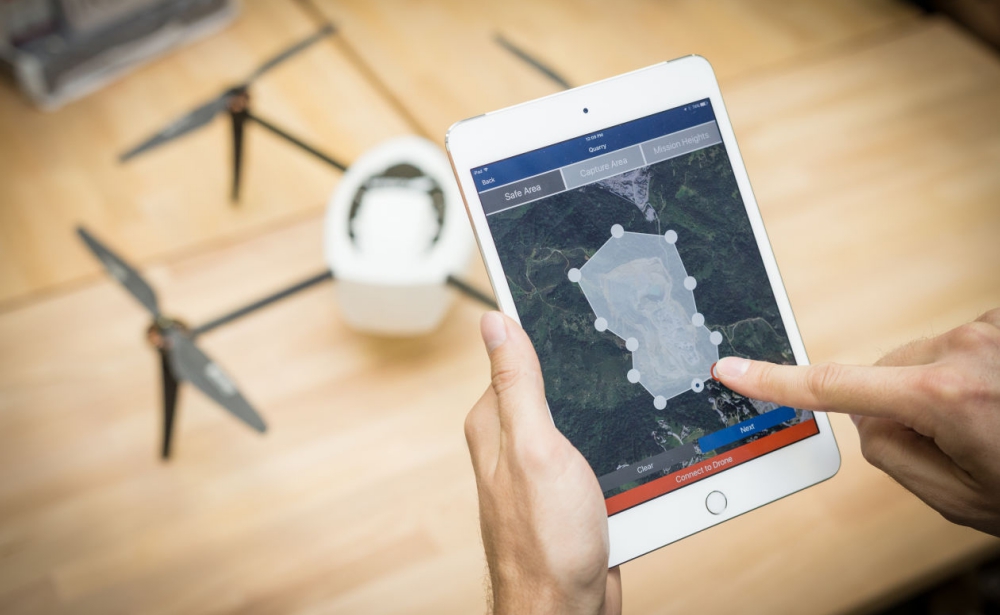is testing how artificial intelligence-enabled drones could help prevent costly maintenance problems on expensive equipment while improving worker safety, said Jay Crotts, the oil company’s executive vice president and global chief information officer. Beginning early next year, the company will deploy several drones in a proof-of-concept project at the Shell Technology Center in Houston, which encompasses 1.2 million square feet and 44 buildings of laboratory and office space.
“Drones can inspect different equipment that could be too hot for individuals to be near. They can help us detect [anomalies by] keeping people out of harm’s way,” Mr. Crotts said.
The drones and their accompanying cloud-based platform, which runs on Amazon Web Services, are made by Kespry Inc., a company that has raised $61 million in venture capital funding to date, according to George Mathew, chief executive of Kespry.
In late 2017, Shell invested in Kespry’s $33 million funding round through its investment arm Shell Technology Ventures, now called Shell Ventures. Mr. Crotts oversees the team responsible for evaluating and researching potential startup investments.
Drones are becoming important in Internet of Things strategies for enterprise companies, according to research and advisory
Flying at a maximum height of about 8,000 feet and weighing about 4 pounds, Shell’s drones will collect images of the Houston facility using cameras and infrared sensors. The data will be analyzed by machine-learning algorithms within a cloud-based platform to identify mechanical or structural issues such as leaks in pipes. The drones are controlled by mobile apps instead of joysticks, said Mr. Mathew of Kespry.
If the pilot is proved to be successful and Shell expands it to other facilities, the cost savings from Shell’s drone deployment next year could be in the millions of dollars, especially because drones can check for maintenance issues every few days, Mr. Crotts said.
Normally, humans would check for issues every few months and sometimes equipment would be shut down for manual inspections, Mr. Crotts said.
“We’d have to shut down the plant or a reactor before we put humans in there,” he said. “(Now) we’ll look at it from a remote, safe distance, with more frequency.”
Human engineers also normally walk around an oil-and-gas plant and listen for machines that sound like they’re malfunctioning. Sensors and data from drones can predict much more accurately how a piece of equipment is performing, Mr. Crotts said. He said the goal isn’t to replace humans with drones; rather, the drones could help the human workers resolve more potential maintenance issues quicker and more efficiently.
In the future, advanced analytics and machine-learning software will be a key competitive differentiator for drone companies, Mr. Crotts said. The cloud-based machine-learning software that comes along with Kespry’s drones is particularly useful for Shell, he said.
Machine learning is a subfield of artificial intelligence that refers to the science of getting computers to act intelligently without being explicitly programmed. Kespry’s software can turn two-dimensional images of structures and equipment into three-dimensional images. Machine- learning algorithms can automatically analyze the photographs, as well as thermal imaging data, for anomalies such as water leaks.
Having data gathered by the drone all in one with a cloud-based platform also makes it easier to analyze, Mr. Crotts said. “Fewer (cloud) platforms with data consolidated is a much better answer than fragmented, disperse platforms from a variety of different vendors,” Mr. Crotts said.
After the pilot program, which could take a few months, Shell will determine whether the drones should scale beyond the Houston facility, Mr. Crotts said.
Source: The Wall Street Journal

